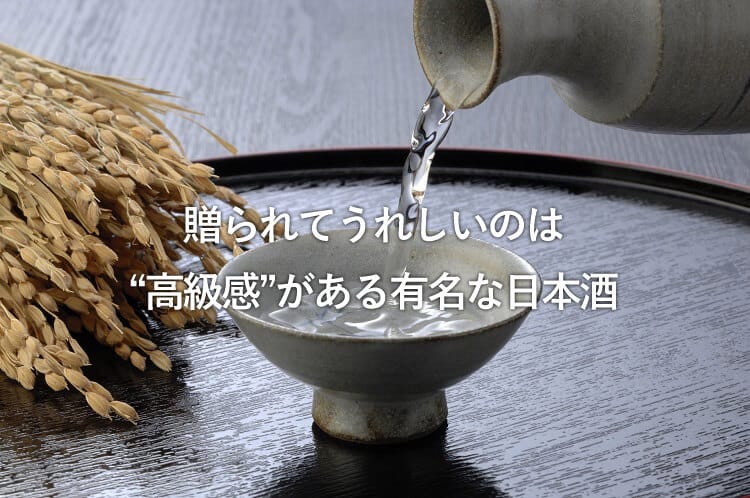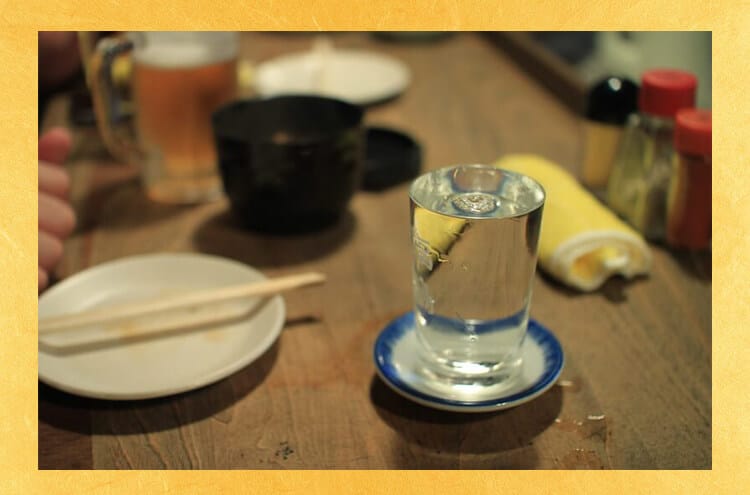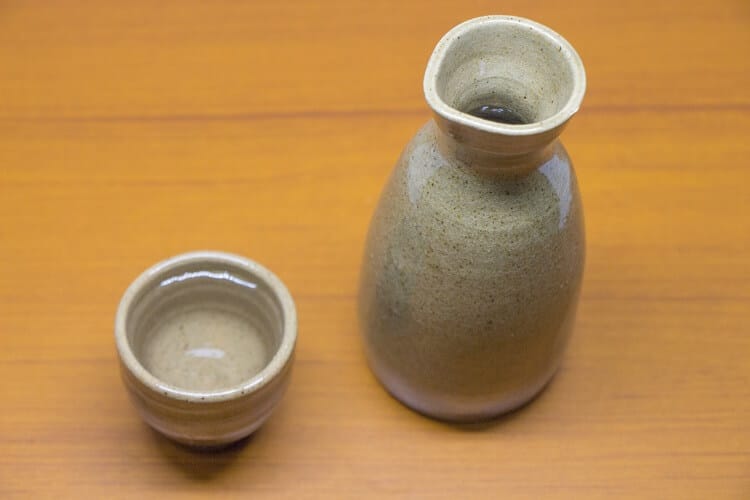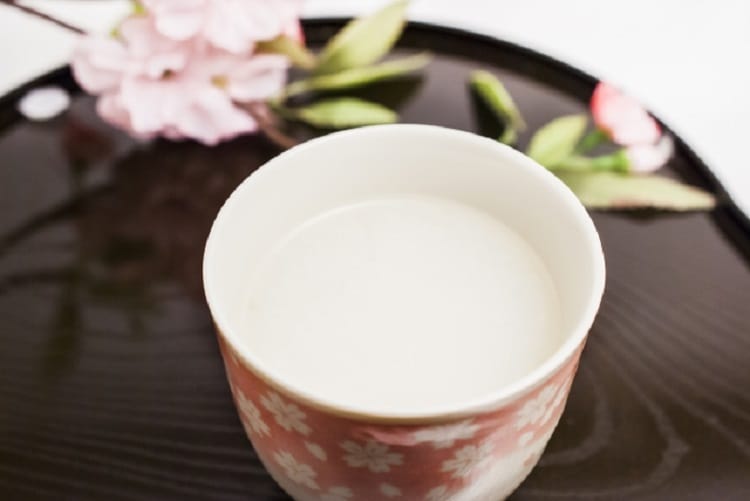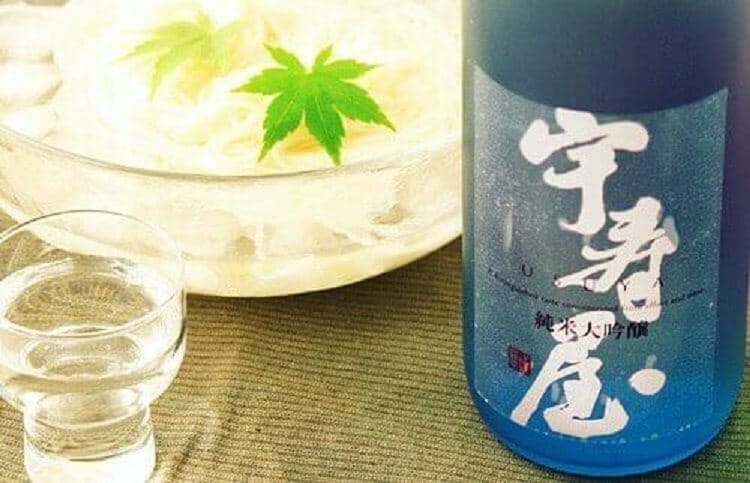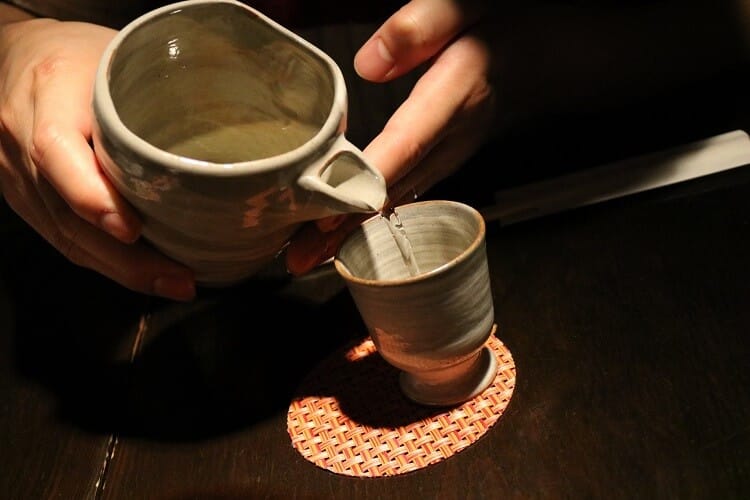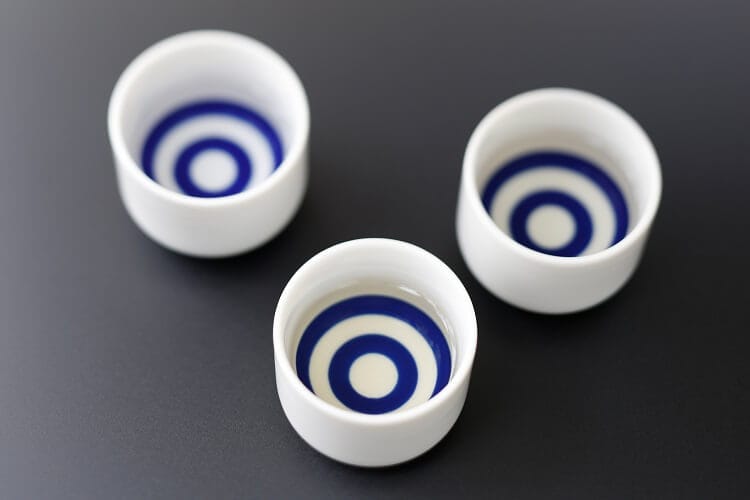
Even if you want to give a special sake as a gift for those who like alcohol, choosing a sake is a bit of a hurdle. In particular, if you don't drink much sake, it may be difficult to understand what kind of sake you will be pleased with. This time, as a gift for liquor lovers, a questionnaire survey was conducted on the sake that would be appreciated by those who received it. When presenting sake to important people, please refer to the contents introduced.
What is a nice sake gift for liquor lovers?
First, we will introduce the results of a questionnaire survey for those who like sake and those who have received sake as a gift.
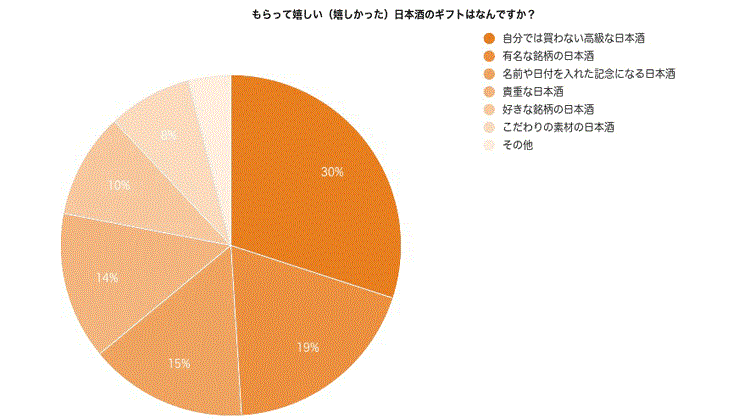
==============================
<Questionnaire contents>
Q1. [20 to 60 men and women who have received sake lovers / sake gifts] What are you happy with (and were happy with) the sake gift?
Also, please tell us why you were happy (happy) with the gift in the comments.
==============================
“When you drink sake that you can't buy very much, you're so happy that you can soar. You can only expect what it tastes.” (“High-quality sake you can't buy yourself”, women, 38 age)
“I received a limited-edition high-quality sake made by my favorite brewery. I was very happy to present a valuable item.” (“High-quality Japanese sake not to buy by myself”, female, 49 age)
“I was glad when I got a drink from a liquor boss who was n’t able to buy it myself.” (“High-class Japanese sake I can't buy myself”, male, 30 years old )
“I was glad that famous brands once drank their experience because they can be used as a storyline when the topic of liquor comes out.” (“Represented brand of sake”, male, 29 years old)
“Some brands are famous and cannot be bought even if you only know their names. I am very happy to receive them.” (“Recognized brand sake”, female, 39)
“Limited time sake, limited amount of sake, but honest taste was a little different from taste, but I was glad that it gave me a limited one” (“Precious Sake”, Female, 50)
I am glad to be given a famous sake with a “luxury” feel.

About 3 percent of the survey results were pleased with high-quality sake. The following are examples of brands that are generally known as high-quality sake.
- Kitayuki Daiginjo YK35 Sake Titanium Gold ... Japan's most expensive sake.
- 15 Year Aging Sheng Sheng ... It is a valuable liquor that only 1 bottles are shipped in 5 years.
- Yamakawa Kusuki Junmai Ginjo Unfiltered Fresh ... A rare high-class sake made from ancient rice.
- Black Dragon Ishidaya ... Daiginjo Junmaishu is a popular gift.
- 14th generation Junmai Daiginjo treasured sake ... This is a limited edition treasured Daiginjo old sake.
We introduced high-quality sake, but it is not just a matter of giving a high-quality sake. Since sake has a preference apart from its price, you should decide on a gift based on the taste and feeling of the person you want to give.
Types of sake you should know before giving
To select sake as a gift, here are some basic knowledge about the types of sake. Please refer to it so that you can make a present that suits the taste of your loved one.
● Sake classification
Among the sake called “Sake”, “special name sake” is classified into 8 types based on the difference in ingredients and how to make it based on the law called the Sake Tax Law. Of these, “Pure Rice Sake” is made from rice and rice bran, and “Brew” is made by adding alcohol to these ingredients. Pure rice liquor and brewed sake are categorized in more detail according to the percentage of rice that is the raw material.
The rice polishing ratio is a numerical value that indicates how much rice is removed when making sake. For example, when the percentage of polished rice is indicated as 60%, it means that about 4 percent is scraped from the outside of the rice and discarded, and 6 percent is used as the raw material. The higher the percentage of polished rice, the higher the price of sake because the taste of sake is more fragrant and clearer, and more parts are discarded.
Of the sakes classified as pure rice sake, those that are made with Ginjo with a rice polishing ratio of less than 50% are called "Pure Rice Daiginjo Sake". “Rice rice brewing sake” is made with brewing sake with a rice polishing ratio below 60%. Also, sake that has a rice milling ratio of less than 60% or made by a special manufacturing method is called “Special Junmaishu”. Japanese sake other than the above conditions is classified as “Pure Rice Sake”.
Of the sakes classified as Honjozo, those that are made with Ginjo with a rice polishing ratio of 50% or less are called “Daiginjo”. “Ginjo Sake” is made with Ginjo with a rice polishing ratio of less than 60%. Also, sake that has a rice milling ratio less than 60% or made by a special manufacturing method is called “Special Honjozo”. Those with a rice milling ratio of 70% or less are classified as “honjozo”.
● Sake
Sake that is not included in the above specified sake is classified as “Sake”. Ordinary sake is sold in supermarkets and convenience stores in paper packs and cups. The price range is reasonable compared to the specific name sake, and it is more like a sake that can be drunk on a daily basis than a gift such as a present.
● Types depending on whether there is fire
Sake types are classified according to whether they are heated using fire in the manufacturing process. A type of sake called “Nama Sake” does not undergo 2 heat treatments that are performed in the general sake manufacturing process. You can enjoy a unique taste, but the taste changes easily and cannot be stored at room temperature, so it must be handled differently from other sake.
A type of sake called “freshly stored liquor” is stored in the state of fresh liquor before shipment and is heated only 1 times. “Raw stuffed liquor” is heat-treated only 1 times before storage and then aged. The sake that is shipped in the fall called “Hiyaoroshi” is a freshly brewed sake that is aged in the spring and summer season. There are so many types depending on whether or not there is a fire.
● Type depending on storage period
There are several types depending on the period of storage of sake. In the first place, sake has no expiration date, so sake that has been aged for many years is called “old sake” and is valued for its unique taste and rare value. There are mainly 2 types of old sake, pure rice liquor aged at room temperature and brewed sake are called “deep ripening”, and ginjo sake ripened at low temperature is called “lightly ripening”. In addition, there is an “intermediate type” located between the two. In addition, old sake that has been stored and aged for more than 5 years is called “hidden sake”, and it may be specially described as an old sake that has been aged for a long time.
● Other types of sake
There are many other types of sake depending on how they are made. In the manufacturing process, those that leave a complex taste without filtering are called “no filtration”. “Sake” is a high-quality sake made without adding water. “Shinshu” refers to freshly made sake. The cloudy “Nigori Sake” is characterized by the use of a coarse cloth when squeezing.
It does not fail even for beginners! Points for choosing a gift of sake

What kind of sake will you be pleased with from those many different types of sake? Here are some tips for choosing sake.
● How to read Japanese sake labels
When you choose sake, you can see at a glance what kind of features you see by looking at the label. Information such as the classification and ingredients of sake listed on the label, the alcohol content, and the date of manufacture will provide an indication of the taste of the sake. Depending on the brand, there may be a description of the taste on the label, such as “sweet” or “dry”. If you know the preferences of the person you ’re giving the gift in advance, first check the label for information on sake.
● Classification by flavor and taste
The taste of sake is complex, and each brand has individuality, but it can be broadly classified into 4 types. First, the fragrant “Kunshu” is Daiginjo sake and Ginjo sake. The refreshing “soushu” is the case of Honzo brewed sake and fresh sake. Aged and rich in flavor is called “Jukushu”, examples of which are old and treasured sake. “Junshu” has a rich taste, and pure rice liquor is equivalent to this.
Recommended treasured sake as a gift
Among the various types of Japanese sake, “Treasured Sake” is particularly recommended as a gift. If you are at a loss as to which sake to give to your loved ones, why not choose from the treasured sake?
● Reason why treasured sake is recommended as a gift
According to the results of the questionnaire survey for sake lovers, there were many opinions that it would be nice to have a high-quality and valuable sake that you can't afford. The treasured liquor that has been aged for a long period of time has a rare value, making it an ideal gift for special occasions. There seem to be many Japanese sake fans who want to drink once but have never drunk treasured sake.
In particular, according to the results of this questionnaire survey, the popularity of rare sake and famous brands of sake was concentrated, and people near 6 percent answered that they were happy. If you are a sake lover, there is no one who doesn't know the name. If you choose a famous brand of treasured sake as a gift, you will be happy to talk about it.
Summary
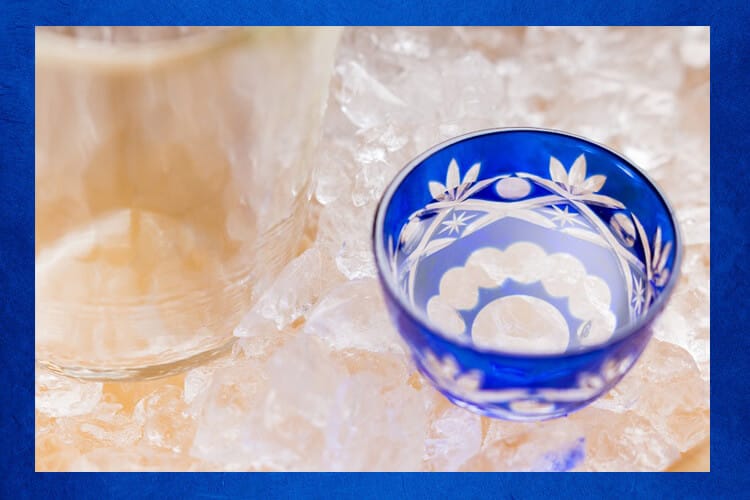
If you are at a loss for gifts for sake lovers, try choosing a rare “hidden sake”. Even if you normally drink Japanese sake, there are many cases where you have not yet drunk treasures. When you want to give a special present, let's choose a liquor that you can't afford to buy, including a little surprise. If you are a sake lover, you should be curious to have a variety of drinks apart from your taste preferences. Choose a treasured sake to surprise and delight your partner.
==============================
<Summary>
Survey target: Men and women of 20 to 60 generation who have received sake or gifted sake.
Number of valid respondents: 100 names
Survey method: Internet research
Survey period: 2018 year 11 month
==============================

